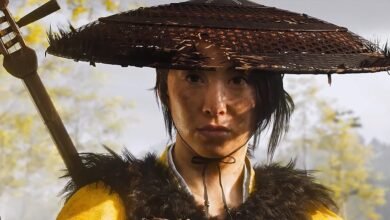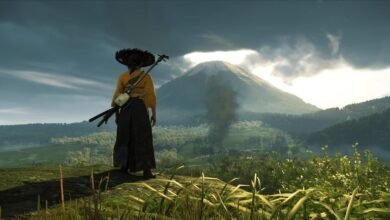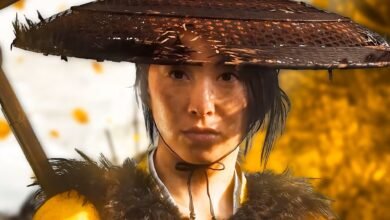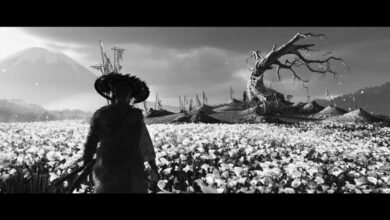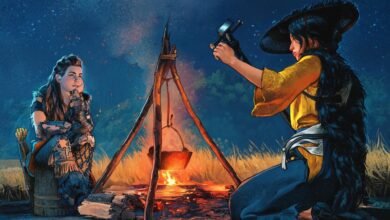Ghost of Yōtei: Master Cinematic Modes for Chill or Brutal Gameplay

▼ Summary
– Ghost of Yōtei includes three cinematic modes created in collaboration with famous filmmakers: Kurosawa, Miike, and Watanabe.
– Kurosawa mode presents the game in black and white with muffled audio and added wind to evoke classic samurai films.
– Miike mode features a closer camera during fights, increased blood and mud, and provides a more visceral and intense combat experience.
– Watanabe mode replaces the standard soundtrack with lo-fi beats during exploration and some fights, encouraging a more relaxed gameplay style.
– These modes are optional, allowing players to customize their experience, though they may not suit all gameplay situations.
The highly anticipated sequel Ghost of Yōtei elevates its cinematic ambitions by introducing new visual and auditory modes designed in partnership with legendary filmmakers. Building upon the foundation of its predecessor, the game expands beyond the celebrated Kurosawa Mode to include two additional styles: one influenced by Takashi Miike and another inspired by Shinichirō Watanabe. These modes allow players to tailor their experience, transforming gameplay into something that feels either intensely brutal or remarkably relaxed.
Jason Connell, co-creative director at Sucker Punch, explains that with Yōtei, the team is “standing on the shoulders of a previously made game.” This time, their mission was to honor two more influential artists through these specialized modes.
Kurosawa Mode remains the most visually dramatic option. It strips the game’s vibrant, saturated world into stark black and white, while also altering the audio to mimic classic films, voices take on a tinny, distant quality, and enhanced wind effects add constant motion to the screen. Connell notes that removing color completely shifts your perspective, giving depth and composition an entirely new meaning.
Miike Mode offers a more nuanced change, primarily affecting combat. The camera pulls in much closer to the protagonist Atsu during fights, amplifying the sense of immediacy and chaos. You’ll notice more blood and mud, making each encounter feel raw and visceral. According to Connell, the development team had long desired a tighter camera to enhance the intensity of battle, and paying homage to Takashi Miike provided the perfect opportunity. While this can make fights more challenging by limiting your field of view, it significantly heightens the aggressive tone.
In contrast, Watanabe Mode introduces a far more laid-back atmosphere. It replaces the standard score with a curated selection of lo-fi beats produced under Watanabe’s direction, which play during exploration and certain combat sequences. Many players find this mode ideal for casual wandering, when there’s no urgent objective at hand. The music helps create a relaxed, almost meditative state, though it does not feature during story missions where specific orchestral pieces are essential to the narrative.
Connell observed that fans of the original Ghost of Tsushima often used photo mode to capture action-packed scenes or played their own lo-fi soundtracks in the background. He acknowledges that while these cinematic modes might not suit every moment, for instance, Kurosawa Mode can make stealth sections difficult due to reduced visual clarity, they are entirely optional. This allows players to customize their adventure, blending stylistic choices with gameplay in a way that feels personal, even if occasionally anachronistic.
(Source: The Verge)

